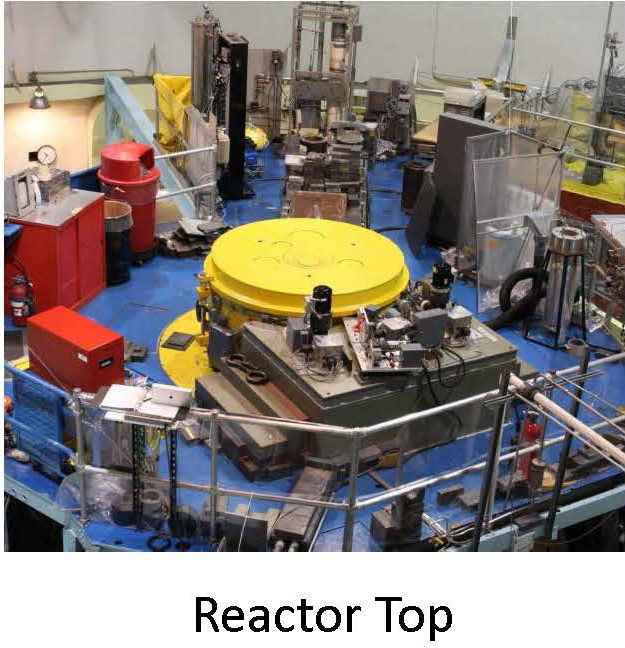I’d walked by the unassuming building several times since moving to Boston, aging mid-20th century brick and what I took for an antiquated chimney led me to believe, had I put much thought to it, that nothing relevant or important occurred behind it’s walls. I couldn’t have been more wrong.
The MITR-II, the major experimental facility of the Nuclear Reactor Laboratory, is a heavy-water reflected, light-water cooled and moderated nuclear reactor that utilizes flat, plate-type, finned, aluminum-clad fuel elements. The average core power density is about 70 kW per liter. In simpler terms this means that the reactor, used combination of deuterium and regular water to control the nuclear reaction. Further, it used fuel pellets encased in aluminum to power the reactions that did occur.
The MIT Research Reactor (MITR) is currently licensed to operate at 6 MW. As such, its power level is 500 times smaller than that of a typical commercial power plant that produces electricity. The MITR also operates at atmospheric pressure and at low temperature (50°C/122°F). The low power level means that the MITR has far less radioactivity in its core than does a power plant. The low pressure and low temperature mean that there is no driving force to push out what radioactivity there is in the unlikely event of an accident.
The NRL has one of the strongest materials and in-core loop programs in the country supporting research in the areas of advanced nuclear fuel and materials which are necessary for both existing and advanced power reactors.
- Infrastructure to support the US initiative for designing and building the next generation of nuclear reactors as a means of reducing the country’s reliance on fossil fuels.
- Advanced materials and fuel research.
- Trace element analysis, isotope production, and irradiation services.
- Neutron transmutation doping of silicon.
- Neutron scattering.
- A fission converter facility is available. It has been used for clinical trials of Boron Neutron Capture Therapy (BNCT).. This facility is able to deliver an estimated therapeutic dose in just a few minutes.[1]
When venturing further into the facility we noted that Reactor area was kept at a negative pressure relative to the outside world, thus if there was ever an incident, the contaminated air would stay inside the facility. Further, all personnel are required to where dosimeters of various makes and sizes to ensure that no one receives more than they are supposed to in the course of their time near the reactor.
All in all, it was an interesting survey into the inner workings of a nuclear facility.
Source:
[1] http://web.mit.edu/nrl/www/research/research.htm
